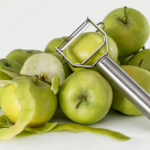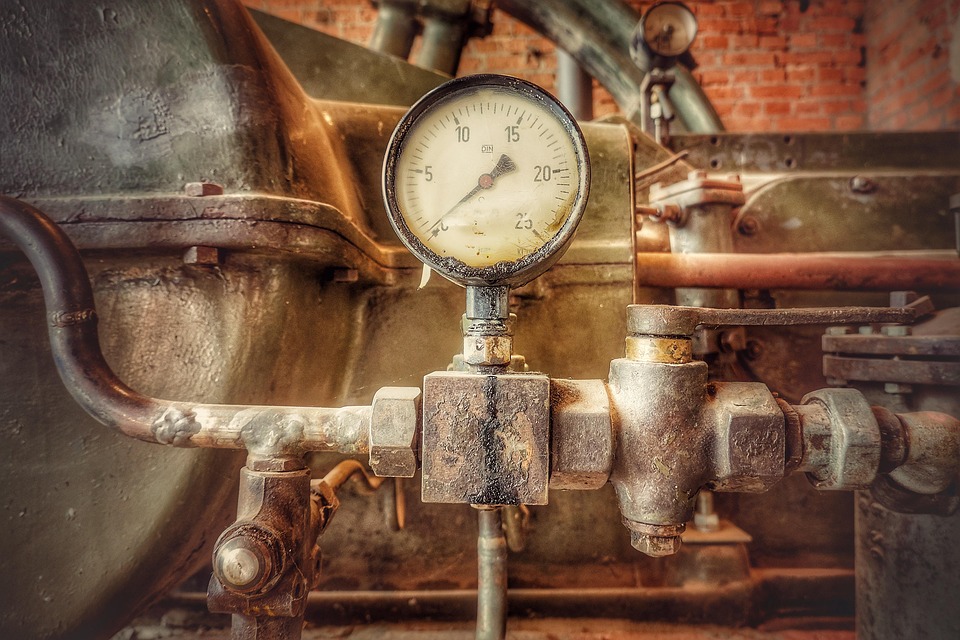Ancient Wisdom, Modern Relief: The Art of Pressure Point Techniques
Introduction
The art of pressure point techniques is a practice rooted in ancient traditions, yet it continues to offer modern remedies for a variety of ailments. These techniques, prevalent in practices such as acupuncture, Shiatsu, and other forms of traditional medicine, involve applying pressure to specific points on the body to alleviate pain, reduce stress, and promote overall wellness. This article explores the historical context, methodology, effectiveness, and integration of these techniques into modern wellness practices.
The Historical Context of Pressure Point Techniques
Ancient Origins
Pressure point techniques can be traced back thousands of years, with Chinese medicine being among the earliest documented systems advocating their use. The concept of Qi (or “Chi”), a vital energy believed to flow through the body, is central to this practice. Traditional Chinese Medicine (TCM) asserts that blockages in the flow of Qi lead to illness, and pressure point techniques help to restore this flow.
Other cultures, such as those in India and Japan, developed their own interpretations of pressure point techniques. In Indian Ayurvedic medicine, similar concepts are explored through the use of marma points, while Japanese Shiatsu focuses on the manipulation of energy pathways through touch.
Evolution Through Time
These ancient techniques have evolved, merging with modern wellness practices. In the Western world, acupressure and reflexology have gained popularity, incorporating pressure point techniques into a wider array of therapeutic practices. The synergy between ancient wisdom and modern methodologies highlights the timelessness of these practices.
Understanding Pressure Points
The Human Energy System
Pressure points are specific locations on the body that correspond to various internal organs and systems. The belief is that stimulating these points can influence physical and mental health. Each point is associated with energetic pathways known as meridians in TCM and nadis in Ayurveda. These pathways form a complex network through which energy flows, and blockages can result in pain or illness.
Key Pressure Points
- LI4 (Hegu): Located in the webbing between the thumb and index finger, this point is often used to relieve headaches, stress, and pain.
- PC6 (Neiguan): Found on the inner forearm, about three finger widths from the wrist crease, this point is known for alleviating nausea and anxiety.
- ST36 (Zusanli): Situated about four finger widths below the knee cap, this point is used to boost energy and improve digestive health.
The Methodology of Pressure Point Techniques
Acupressure vs. Acupuncture
While both acupressure and acupuncture focus on the same pressure points, they differ in application. Acupuncture involves inserting fine needles into specific points, while acupressure utilizes manual pressure, usually with fingers, elbows, or specialized tools. Both methods aim to unblock energy stagnation and restore balance.
Techniques
- Direct Pressure: Applying steady pressure to a point for a sustained period.
- Circular Motion: Using small circular movements to stimulate the area.
- Tapping: Lightly tapping on specific points to invigorate energy flow.
Safety and Precautions
While pressure point techniques are generally safe for most individuals, it is important to exercise caution. Certain conditions, such as pregnancy and specific medical issues, may contraindicate the use of pressure points. Consulting with a trained practitioner is advisable for personalized guidance.
Modern Applications and Benefits
Pain Relief
One of the most common modern applications of pressure point techniques is pain management. Several studies have shown that acupressure can significantly reduce chronic pain, such as back pain, migraines, and joint pain. By targeting specific points associated with tension and inflammation, individuals can achieve relief without invasive procedures.
Stress and Anxiety Reduction
In today’s fast-paced world, stress and anxiety are prevalent. Pressure point techniques provide a holistic approach to manage these conditions. By balancing energy flow and calming the nervous system, individuals often report significant reductions in anxiety levels.
Enhanced Digestion
Many pressure points are linked to digestive health. Techniques targeting points such as PC6 and ST36 may promote effective digestion, alleviate bloating, and enhance overall gut health. Many modern wellness practitioners recommend these techniques as complementary therapies for digestive disorders.
Integrating Pressure Point Techniques into Daily Life
Self-Care Practices
Individuals can easily incorporate pressure point techniques into their daily routines. Simple self-massage on key points can provide quick relief during stressful moments. Learning basic pressure point techniques can empower individuals to take control of their wellness journeys.
Professional Training
For those interested in a deeper understanding of these techniques, professional training in acupressure or Shiatsu can provide valuable skills. Many wellness centers and holistic schools offer courses that delve into the theory and practical applications of pressure point techniques.
Case Studies
Case Study 1: Chronic Pain Management
A 40-year-old woman suffering from fibromyalgia sought relief through pressure point techniques after extensive medication and physical therapy yielded minimal results. Through regular sessions of acupressure targeting specific points, her pain levels reduced significantly, and her energy improved.
Case Study 2: Stress Reduction
A businessman experiencing high levels of stress incorporated daily pressure point techniques into his routine. Within weeks, he noticed a marked improvement in his anxiety levels and overall mental clarity.
Conclusion
The art of pressure point techniques embodies the integration of ancient wisdom with modern remedies. By harnessing the knowledge passed down through generations and adapting it to meet contemporary needs, these techniques offer powerful tools for health and wellness. The growing popularity of pressure point techniques highlights the universal desire for natural, effective solutions for common ailments, paving the way for a holistic approach to well-being.
References
- Chinese Medicine and Acupuncture [online]. Ancient Chinese Medical Practices. Accessed [insert date].
- Pressure Point Therapy for Pain Relief [online]. HealingWell.com. Accessed [insert date].
- Essential Techniques in Shiatsu [book]. Author: [insert name]. Publisher: [insert publisher]. Year: [insert year].
- Acupressure: A Comprehensive Guide [book]. Author: [insert name]. Publisher: [insert publisher]. Year: [insert year].
- The Role of Energy Flow in Wellness [journal article]. Journal of Alternative Medicine. Year: [insert year].
This article serves as a primer on the intersection of ancient knowledge and contemporary applications. Consider exploring these techniques further to discover how they might enhance your own wellness journey.


























Add Comment